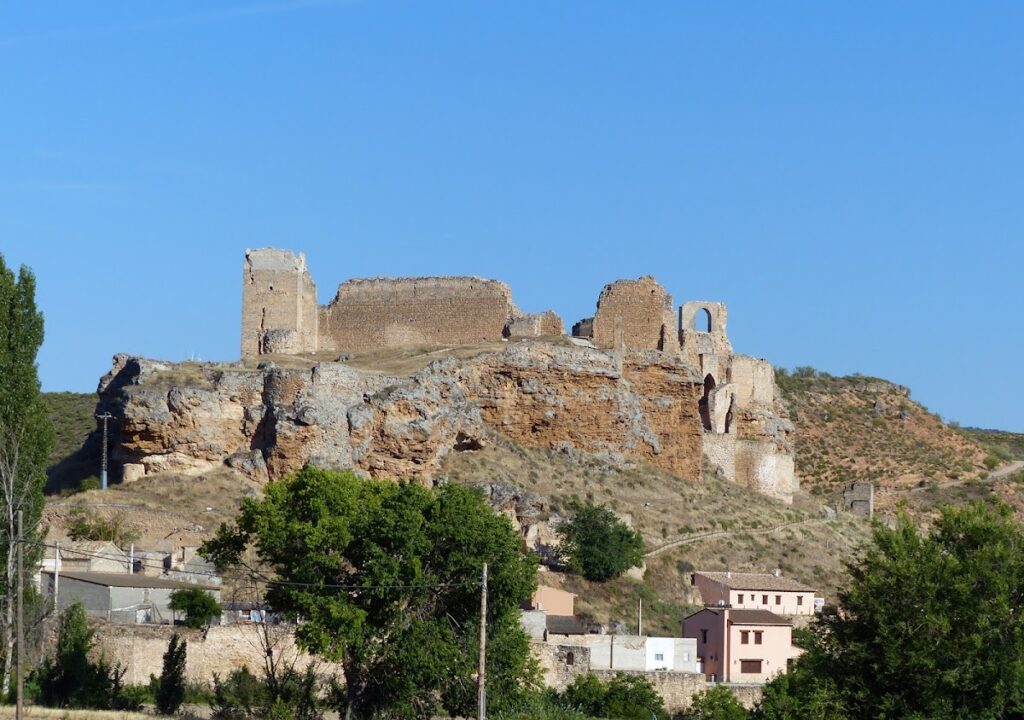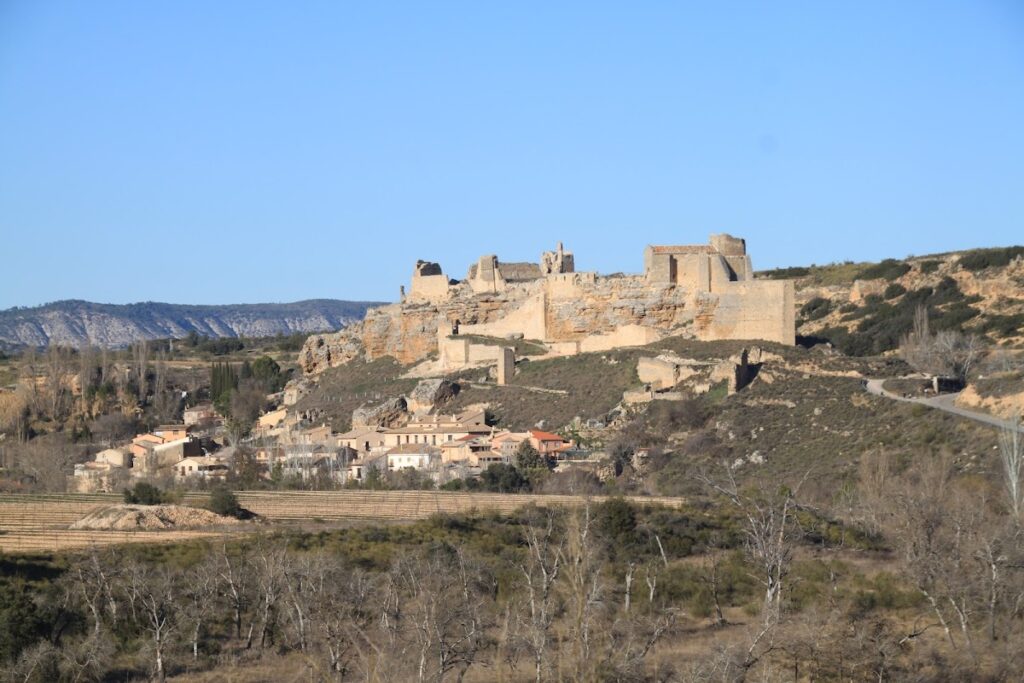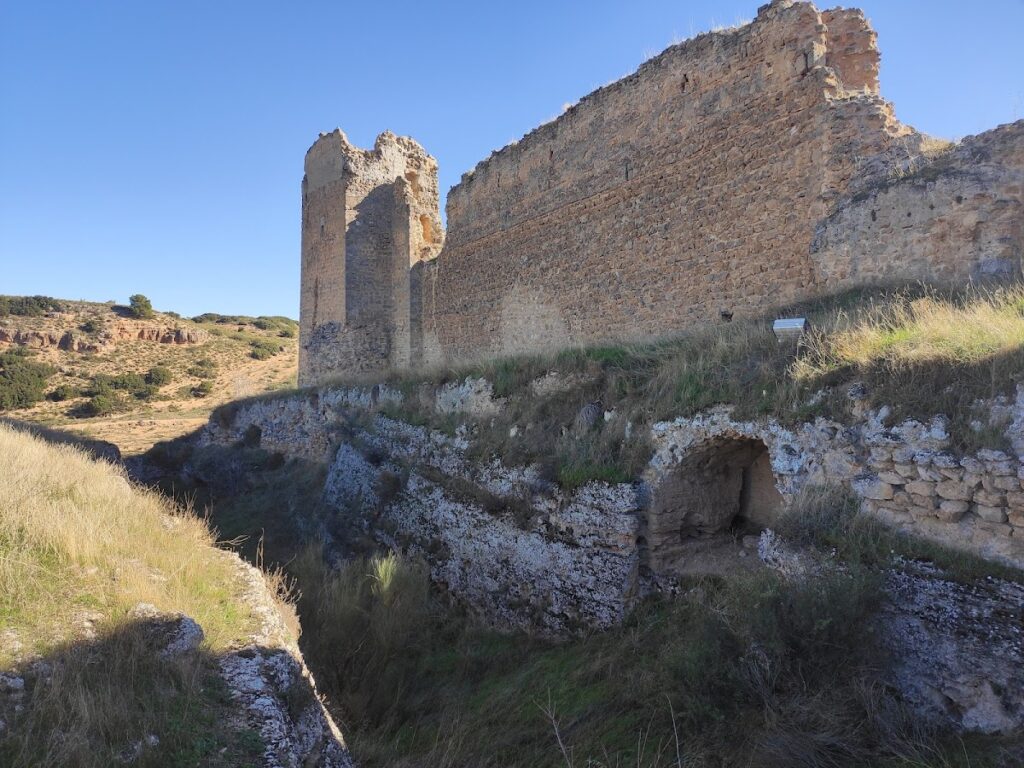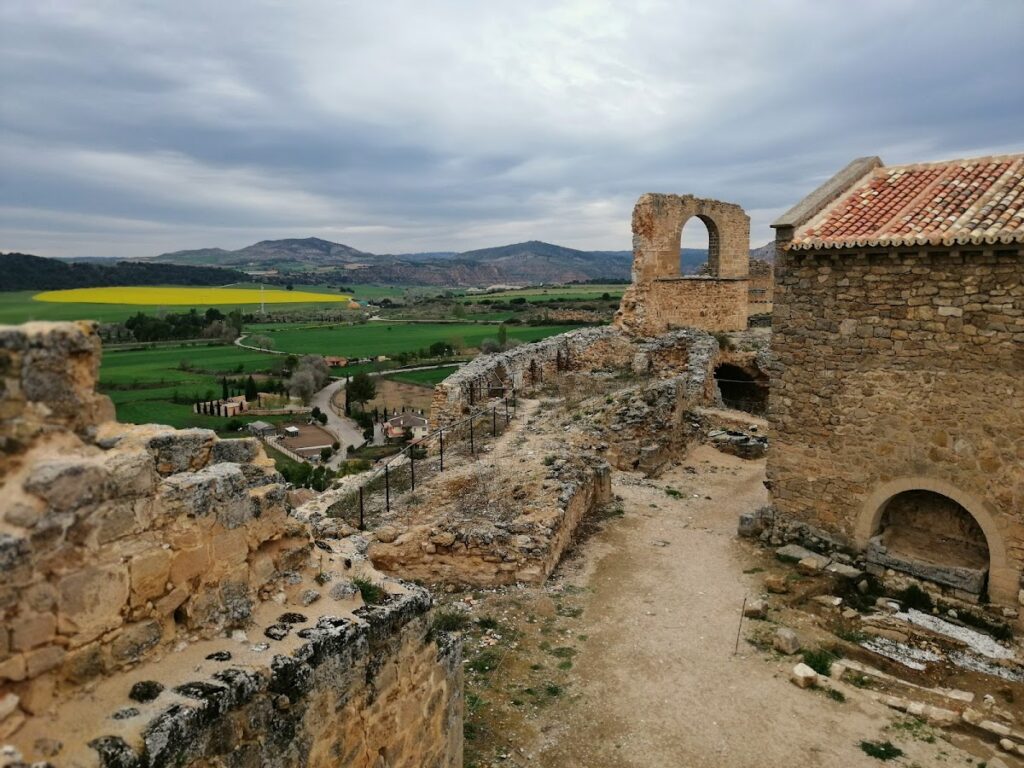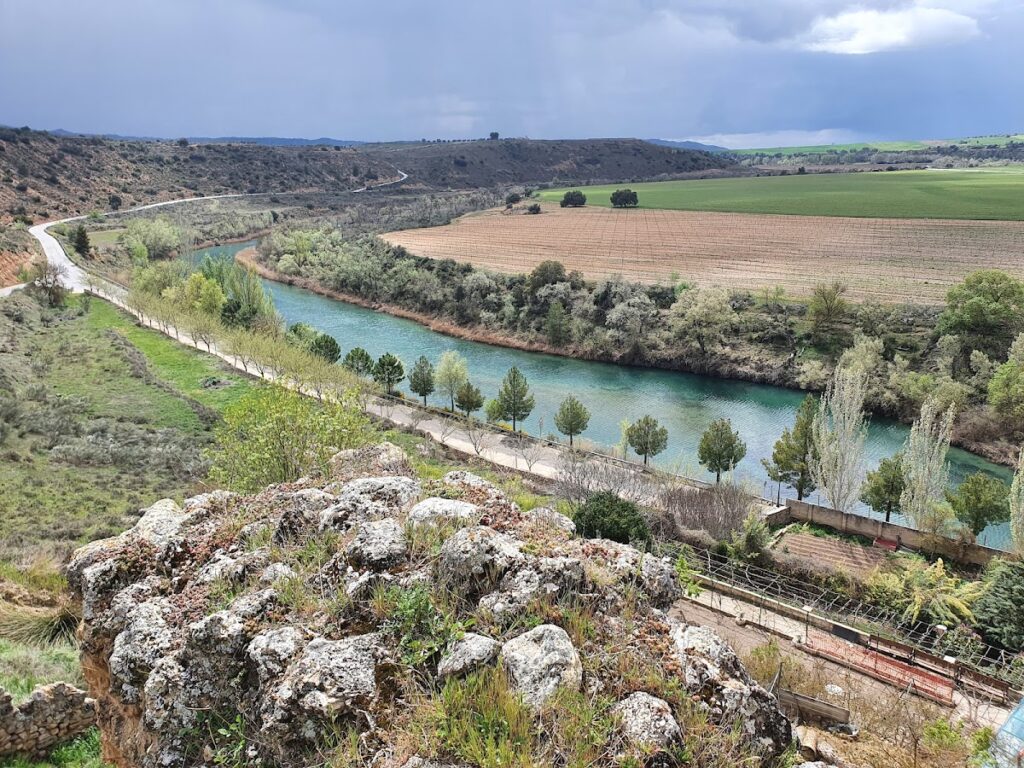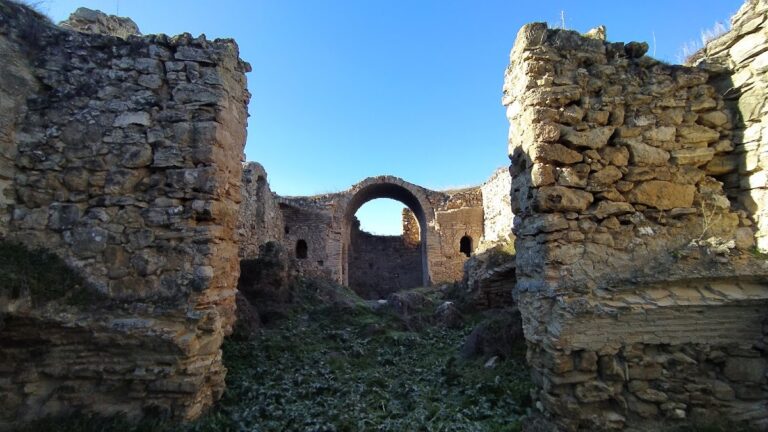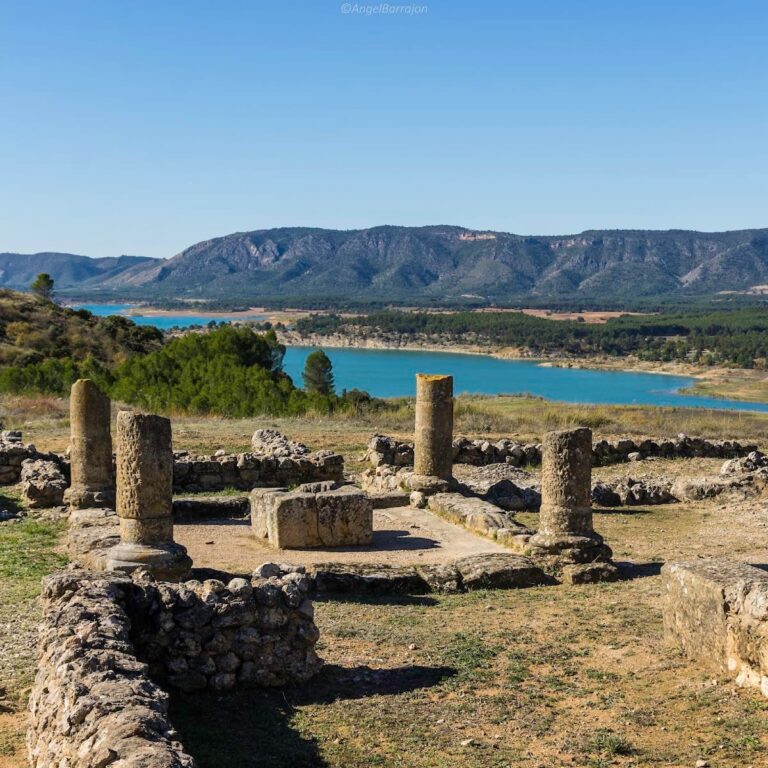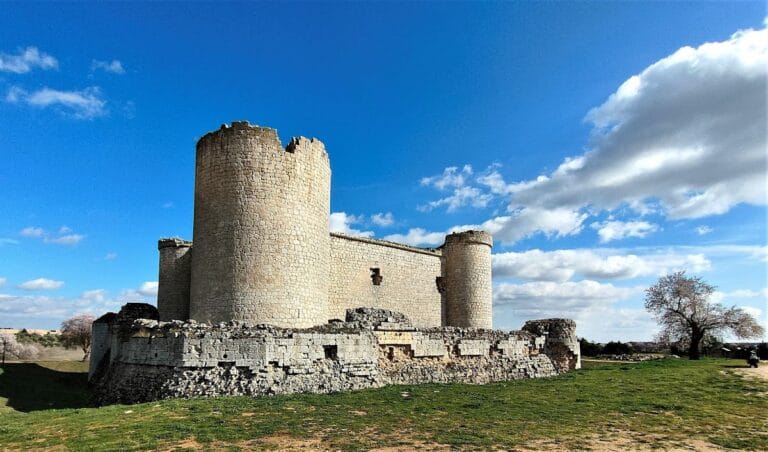Castle of Zorita de los Canes: A Historic Fortress in Spain
Visitor Information
Google Rating: 4.2
Popularity: Low
Google Maps: View on Google Maps
Official Website: www.turismocastillalamancha.es
Country: Spain
Civilization: Unclassified
Remains: Military
History
The Castle of Zorita de los Canes, also known as Alcazaba de Zorita, is located in the municipality of Zorita de los Canes in Spain. This fortress was originally constructed by the Umayyad Emir Muhammad I of Córdoba in 852 as a defensive stronghold guarding the passage of the Tagus River through the Santaver cora, an administrative district of al-Andalus.
Soon after its initial construction, the castle required early repairs due to the nature of the sandstone rock on which it was founded, with the first recorded renovations happening just a year later in 853. Throughout the late 9th and early 10th centuries, the fortress played a significant role in regional conflicts. It became a center of rebellion, most notably in 886 when the insurgent leader Umar ibn Hafsun used the site as a base for attacks on Toledo. Later, in 924, Abd al-Rahman III utilized the castle during his campaign to reclaim the Santaver cora, underscoring its strategic importance. The castle continued to serve as a hub for resistance against Cordoban authority during this turbulent era.
In the mid-11th century, political alliances shifted when Al-Mamun of Toledo ceded Zorita and its environs to Alfonso VI of León and Castile as part of support for Alfonso’s claim to the Castilian throne. The fortress officially came under Castilian control in 1072. Alfonso VI appointed Álvar Fáñez as the castle’s mayor in 1097, but control was soon challenged; the Almoravids took the castle in 1110, before it was reclaimed in 1124 by the Knights Templar, reflecting the ongoing contest for territory between Christian and Muslim forces.
From 1174 onward, the castle was granted by Alfonso VIII of Castile to the military-religious Order of Calatrava. The Order reinforced the fortress and used it as a defensive bulwark against incursions from Andalusian forces. The nearby town of Zorita was granted a formal charter in 1180, including pontazgo rights—toll privileges for crossing rivers—highlighting its role as a protected passageway.
Following the crushing defeat of the Order of Calatrava at the Battle of Alarcos in 1195, the castle served as their principal refuge and center for reorganization. During this period, new walls were erected, and a church was built within its walls. The fortress remained the administrative and military heart of the Order until their victory at the Battle of Las Navas de Tolosa in 1212, after which they moved their headquarters to Calatrava la Nueva.
In the 14th century, internal disputes within the Order led to royal intervention. After the death of their master Garci López de Padilla in 1334, royal forces laid siege to the castle, removing the warden Gonzalo Pérez and causing considerable damage to the structure. The castle’s role in internal power struggles continued when, during a later schism in 1443, Major Commander Juan Ramírez de Guzmán seized the fortress to assert control over the Alcarria region, though he was displaced two years afterward by Pedro Girón.
From the late 15th century, the castle began to decline as nearby towns favored by the Order, such as Almonacid de Zorita and Pastrana, gained prominence. Ownership passed into private hands in 1565 when Ruy Gómez de Silva, 1st Prince of Éboli, acquired the site, yet he chose not to reside there. Since then, the fortress gradually fell into abandonment and ruin. Recognizing its historic significance, the castle was officially declared a Monumento Histórico-Artístico, now known as Bien de Interés Cultural, on June 3, 1931.
Remains
The Castle of Zorita de los Canes is perched atop an elongated rocky hill, commanding views over the town of Zorita to the north and the road leading south to Almonacid de Zorita. Its position takes advantage of natural defenses, with the southern face being more exposed and therefore more heavily reinforced than the northern side. The fortress is organized into three primary zones: an outer ward called the albacara, a fortified military enclosure, and an interior religious precinct that includes a 13th-century Romanesque church accompanied by a crypt.
The oldest surviving elements of the structure are the southern defensive wall and the northern entrance gate, both dating back to the 9th century. These early constructions were built from small ashlar blocks and larger carefully shaped stones quarried locally. Much of the remaining fortifications and buildings, however, are predominantly from the 12th and 13th centuries, reflecting the continued development during the period of the Knights Templar and the Order of Calatrava.
Access to the castle occurs via two main routes. The southern approach leads to a detached albarrana tower—a defensive outpost separated from the main walls—constructed in 1328 to provide additional protection on this vulnerable side. From the west, a winding path ascends from the town and passes through the main gate, which uniquely combines a Gothic arch with a horseshoe arch from the earlier Caliphal period, illustrating the layering of architectural styles through centuries of occupation.
Within the southern enclosure lie the remains of a cemetery that once served the knights of the Order of Calatrava, signaling the castle’s religious and martial function during their tenure. To the north of the site is a sizeable cistern, or aljibe, which historically supplied water essential for the fortress’s defense and habitation. Another notable element is the Torre del Espolón, a tower integrated into the walled military enclosure.
Close to the church is the Sala del Moro, a circular chamber covered by a semi-spherical vaulted ceiling built in the 13th century. Its finely cut ashlar masonry and the distinctive keystone carved with an anthropomorphic head highlight the chamber’s architectural refinement. This room received renovations in the 16th century, indicating continued use or adaptation during the later phases of the castle’s occupation.
Together, these remains illustrate the complex history and multifaceted function of the Castle of Zorita de los Canes, spanning military defense, religious use, and administrative control over several centuries.
